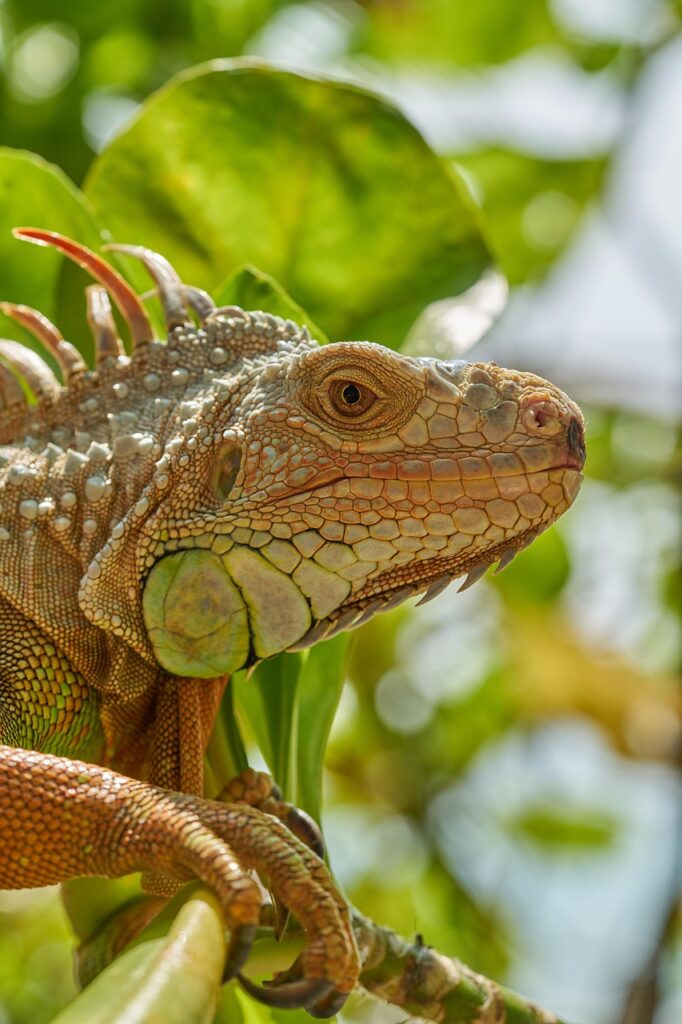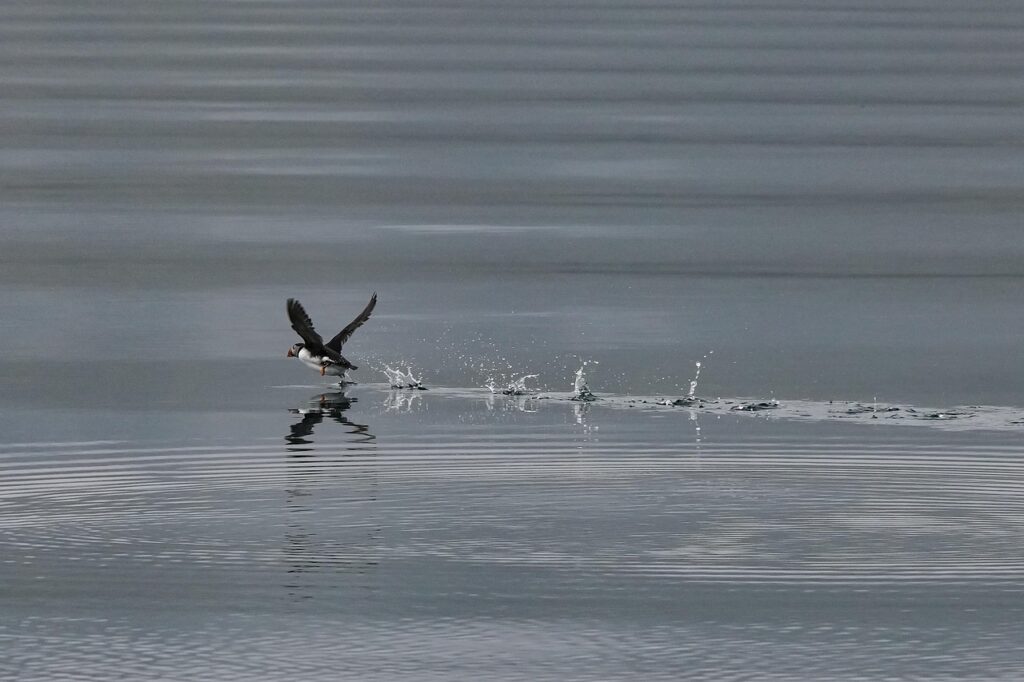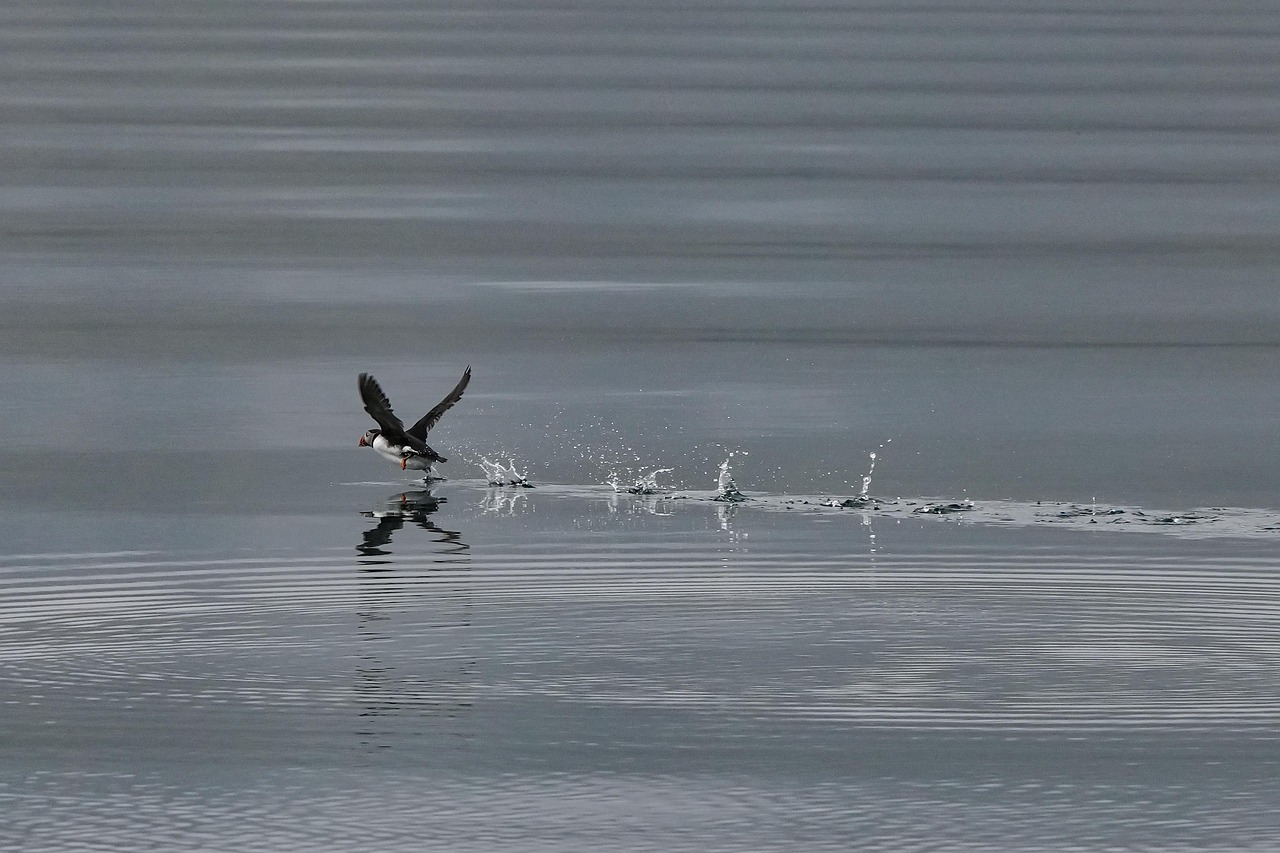Have you ever wondered what kinds of animals make their home in the picturesque Cotswolds? This beautiful region in England is known for its rolling hills, charming villages, and stunning landscapes. However, it’s not just the scenery that captivates people; the wildlife here is equally fascinating. Let’s take a closer look at the diverse array of animals that inhabit this unique area.
Overview of the Cotswolds Wildlife
The Cotswolds, designated as an Area of Outstanding Natural Beauty, is a haven for various species. From the lush woodlands to the sprawling green fields, the habitat here supports a range of wildlife, making it a true sanctuary for animal lovers.
Importance of Biodiversity
Biodiversity is crucial for maintaining the health of ecosystems. The Cotswolds support numerous species that contribute to the ecological balance. Understanding what animals live in this region helps in conservation efforts, ensuring that future generations can experience the same natural beauty.
Mammals in the Cotswolds
Mammals are some of the most recognizable animals in the Cotswolds. You may be surprised to find quite a variety living here, from small rodents to larger creatures.
Common Mammals
Here are some of the mammals you might encounter:
| Animal | Description |
|---|---|
| Red Fox | Recognizable by their bushy tails, foxes can often be seen at dusk or dawn. They are resourceful hunters, preying on small mammals and birds. |
| Badger | Known for their distinctive striped faces, badgers are mostly nocturnal and reside in burrows called setts. They play an essential role in the ecosystem by controlling insect populations. |
| Roe Deer | Typically shy, roe deer are small and elegant, often spotted grazing in the early morning or late evening. Their presence is a sign of a healthy ecosystem. |
| Hedgehog | These prickly little creatures are common in gardens. They are nocturnal foragers, feeding on insects, snails, and plant matter. You might even find them curled up in a ball when threatened. |
| Muntjac Deer | Smaller than roe deer, muntjac are often seen roaming the woodlands. Their bark is unique, which makes it easier to spot them when they’re around. |
Lesser-Known Mammals
While you may be familiar with the common mammals, the Cotswolds are home to some lesser-known residents as well:
| Animal | Description |
|---|---|
| Water Vole | Often mistaken for rats, water voles are much less common now. They can be seen near riverbanks and are excellent swimmers. |
| Dormouse | This small, nocturnal mammal hibernates during the winter months and is particularly fond of hazelnuts. Look for them in ancient woodlands. |
| Common Shrew | These tiny creatures have elongated bodies and can be found throughout meadows and woodlands. They are known for their rapid movements and voracious appetites. |
| Weasel | Fast and agile, weasels are skilled hunters. They are most often seen hunting for small rodents in the underbrush. |
| Pipistrelle Bat | As one of the smallest bats in the UK, pipistrelles are often seen flitting about in gardens during the summer months, feeding on insects. |

Birds of the Cotswolds
Birdwatchers will find the Cotswolds incredibly rewarding. The region is home to a variety of bird species, ranging from songbirds to larger predators.
Common Birds
Here are some birds you might spot during your visit:
| Bird | Description |
|---|---|
| European Robin | Known for its bold red breast, the robin is often spotted in gardens and parks, filling the air with cheerful birdsong. |
| Barn Owl | Characterized by its heart-shaped face, barn owls are primarily nocturnal and can often be seen hunting fields for small mammals. |
| Swallow | These agile fliers can often be seen swooping over fields and water in chase of insects. They are a sign of summer. |
| Song Thrush | With its melodious singing, this bird is easily recognizable. It notably mimics the calls of other birds. |
| Great Spotted Woodpecker | Identified by its distinctive drumming sound, this woodpecker can be found in woodlands searching for insects hidden in tree bark. |
Rare and Migratory Birds
The Cotswolds also serves as a stopover for many migratory birds:
| Bird | Description |
|---|---|
| Osprey | These majestic raptors are known for their impressive fishing skills. Ospreys are occasionally spotted during migration seasons. |
| Red Kite | Once nearly extinct, red kites are now a common sight in the skies, gracefully gliding and searching for carrion. |
| Curlew | This wading bird, with its long bill and distinctive call, can be found in meadows and wetlands, particularly during migration. |
| Yellow Wagtail | With its striking yellow underbelly, this small bird is usually found close to water, flitting about as it hunts for insects. |
| Snipe | These elusive wading birds are characterized by their long beaks and cryptic plumage, making them hard to spot in their natural habitat. |
Reptiles and Amphibians
The Cotswolds is not just home to mammals and birds; it also offers shelter to a variety of reptiles and amphibians.
Common Reptiles
You may encounter these reptiles while walking through the hills or along the waterways:
| Reptile | Description |
|---|---|
| Common Lizard | One of the UK’s most widespread reptiles, these lizards can often be seen basking in the sun across rocky areas and heathlands. |
| Slow Worm | Not a worm but a legless lizard, slow worms are often found hidden under rocks or in long grass. They’re harmless and contribute to controlling insect populations. |
| Grass Snake | This non-venomous snake prefers wetland habitats and is known for its distinctive yellow and black markings. |
| Adder | The only venomous snake in the UK, adders can be identified by their zigzag pattern. They usually avoid humans and are more active in spring. |
Common Amphibians
Amphibians play a critical role in the ecosystem, and you might see:
| Amphibian | Description |
|---|---|
| Common Frog | These frogs can be found in gardens and ponds and are most active during the warm months. They have a characteristic croak during mating season. |
| Common Toad | Toads can be seen wandering away from water, particularly in damp conditions. Their warty skin helps them retain moisture. |
| Smooth Newt | These newts are often found in gardens during the breeding season, recognizable by their smooth skin and slender tails. |

Insects of the Cotswolds
The insect population is abundant in the Cotswolds, and they play vital roles in pollination and as a food source for other animals.
Notable Insects
Here are some interesting insects found in the Cotswolds:
| Insect | Description |
|---|---|
| Common Honeybee | Essential for pollination, honeybees are often seen buzzing around flowers and are integral to local agriculture. |
| Butterfly | Various species, including the Red Admiral and Peacock butterfly, flutter through meadows, adding color to the landscape. |
| Dragonfly | With their brilliant colors and swift flight, dragonflies can often be seen darting over ponds and rivers, hunting for smaller insects. |
| Ladybird | These beneficial insects are known for their bright red and black spots. They are natural predators of aphids, helping to protect plants. |
Moths
Don’t forget about moths, whose diversity is often overlooked but equally important:
| Moth | Description |
|---|---|
| Elephant Hawk Moth | This large, vibrant moth is often seen at night and is attracted to gardens. Its caterpillars resemble thorny sticks. |
| Garden Tiger Moth | Recognizable by its black and orange striped body, this attractive moth is commonly found in gardens. |
| Buff Tipped Moth | With its unique creamy tips, this moth often rests in a way that resembles a broken branch, providing camouflage. |
Conservation Efforts in the Cotswolds
With the rich biodiversity in the Cotswolds, there are ongoing efforts to protect these species and their habitats. Conservation organizations work tirelessly to maintain and restore ecosystems.
Key Conservation Initiatives
-
Protected Areas: Many areas of the Cotswolds are designated as nature reserves, providing safe havens for wildlife and ensuring the preservation of their habitats.
-
Community Involvement: Local communities are encouraged to participate in conservation programs, helping to monitor species, maintain habitats, and educate others about the importance of biodiversity.
-
Wildlife Corridors: These pathways allow animals to migrate and move safely between different habitats, which is essential for maintaining genetic diversity and population stability.

The Impact of Climate Change
Changing climates pose significant threats to the wildlife in the Cotswolds. Rising temperatures can impact breeding cycles, migration patterns, and food availability for various species.
Adapting to Change
Many organizations focus on researching the effects of climate change on local wildlife and work on strategies to mitigate these impacts. You can contribute by learning about local species, supporting conservation efforts, and being mindful of your ecological footprint.
How You Can Help
You may be wondering how you can play a part in preserving the wildlife in the Cotswolds. Here are a few ideas:
- Support Local Conservation Groups: Consider donating to or volunteering with organizations dedicated to protecting wildlife in the Cotswolds.
- Practice Responsible Wildlife Watching: When observing animals, maintain a respectful distance and minimize disturbances to their natural behavior.
- Create Wildlife-Friendly Spaces: Plant native species in your garden, avoid pesticides, and provide food and shelter for local wildlife.
Conclusion
The Cotswolds is a treasure trove of wildlife, offering a glimpse into the diverse animal kingdom that calls this region home. From mammals and birds to reptiles, amphibians, and insects, there’s an incredible range of species to discover. As you explore this beautiful area, take a moment to appreciate the animals that enrich its landscapes. By supporting conservation efforts and being mindful of your actions, you too can contribute to the preservation of this remarkable ecosystem for future generations to enjoy.
